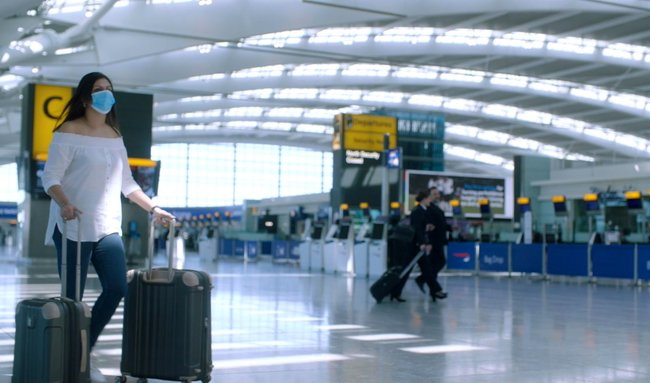It is time to rethink how we work, play, and live our lives. Now we must plan for the long term. Part of this planning is to reshape our environment, specifically our cities.
The COVID-19 crisis pervaded all aspects of life. What governments and organizations are calling the 'new normal' is essentially an acceptance of the fact that we cannot go back. Things have changed permanently. It is time to rethink how we work, play, and live our lives. Now we must plan for the long term. Part of this planning is to reshape our environment, specifically our cities.
Public spaces
A 'safety first' approach necessitates that crowds must become a thing of the past. America has taken a cautionary approach towards public gatherings and public places. The states of New York, California, and Illinois along with 31 others mandate the use of masks in public areas. Most states also impose dine-in restrictions at restaurants. Other than Alaska, which still allows 100% capacity, every state has capped restaurant occupancy between 25-75%.
Maintaining a distance of 6 feet is a priority. Retail stores, entertainment venues, and gymnasiums will also operate at only 25-50% capacity. Major retail outlets like Best Buy and Target have already expanded the number of contactless checkouts and curbside pickups. Hanging out in lobby areas with friends after a movie is history. People are forbidden from lingering after shows. Most nightlife has vanished. Many cities appear deserted after dark. Massachusetts Governor Charlie Baker recently re-instated the stay-at-home advisory between 10 PM and 5 AM. More states may follow suit if new COVID-19 infections continue.
Transport
Airports, railway stations, and bus terminals have implemented many preventive measures. Plastic barriers and crowd control signs have become ubiquitous. Frequent sanitizing leaves transit spaces constantly smelling of alcohol and bleaching chemicals. The hustle and commotion of commute are gone. Commuter traffic has become highly managed and organized.
Trains, metros, and airplanes will continue to follow the blocked middle seat protocol. Tori Emerson of US Travel Association speaks of more changes to come. These will further expand contactless ticketing and check-ins, as well as advanced biometric scans. The Center for Disease Control and Prevention (CDC) recently lifted the ‘no sailing’ ban on cruise ships. Initially cruise operators will only be allowed to undertake 'sailing simulations' to ensure that the ships and crews comply with CDC standards. No passengers are allowed on board just yet. Cruise ship operators must implement the same measures as railways and airlines.
Workplaces and shopping
The CDC preventive measures also apply to offices and shop floors. Organizations including Microsoft and Amazon have already implemented the recommendations. Most offices will feature only the essential skeleton staff for the foreseeable future. Most employees will continue to work from home. There are efforts to redesign offices for the 'new normal'. Revamped workspaces will place workers at least 6 feet apart. Lunch breaks will be staggered. There will be no more mingling with colleagues in cafeterias and break rooms.
Shop floors in manufacturing units such as HP and Ford are also being rearranged and updated. Workers are now placed only on one side as opposed to facing one another in the past. They are separated by physical barriers. Small windows are given to pass materials between workers. The parking lots of many offices and stores will seem deserted compared to pre-pandemic times. The silver lining is that we can enjoy clearer roads and cleaner air.
Better connectivity
Access to the internet is more important than ever. Other than working from home many have taken up side hustles and online gigs. Much of our entertainment has gone online too. The demand for streaming movies and TV, online games, and online shopping has spiked. We also depend on connectivity to make bill payments, send money online, and use social media.
A recent Forbes report found that internet use increased by 70% during the early COVID-19 months. In a Pew Research Group survey 53% Americans stated that internet connectivity has been the most essential service during the outbreak. ISPs are starting to come together to offer more affordable and higher speed connections. For example Comcast has already increased the speed of their ‘Internet Essentials’ package to 25 Mbps. With the increase in connection speeds and drop in prices more people will have better access for cheaper. Bandwidth demands are rising. The connectivity infrastructure in many cities and states will require upgrading sooner or later.




































































































































































